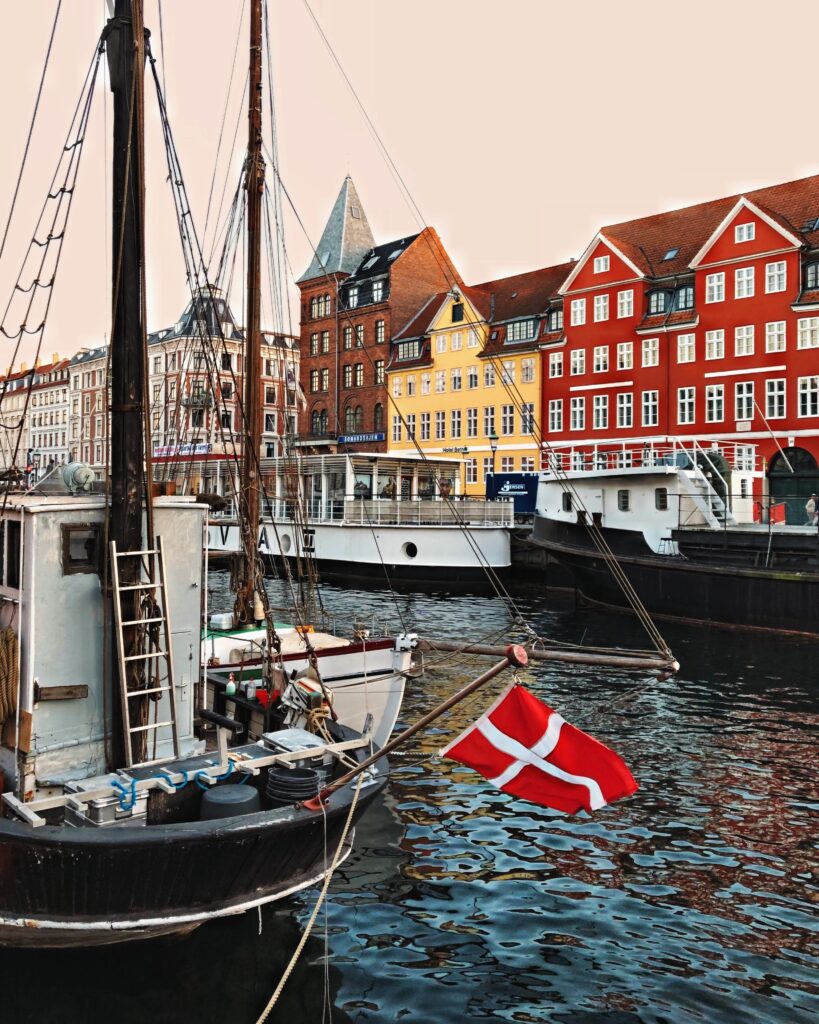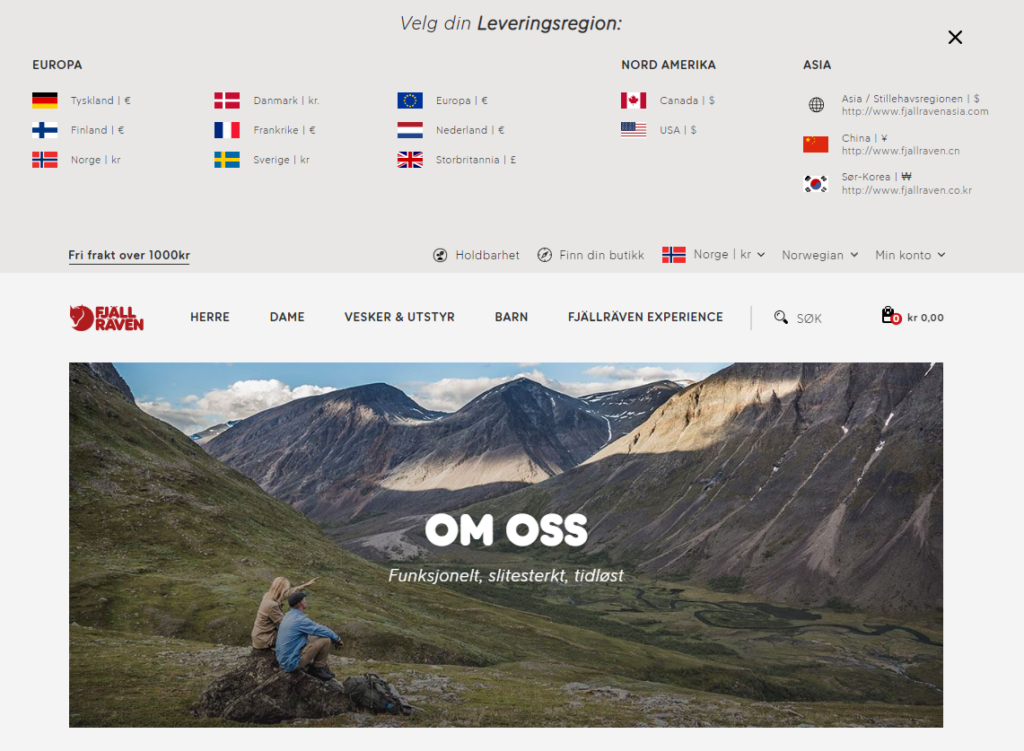Scandinavian Languages: Are they really similar?
If you are considering expanding your market to include Scandinavia, then you may be wondering which of the three Scandinavian countries to choose (Denmark, Norway, Sweden), or whether you should translate your content into all three languages.
In this article, we’ll take a look at what the Scandinavian languages are, whether they are mutually understandable and the most common Scandinavian language to do business with, so that you can move forward in confidence.
What are the Scandinavian Languages?
When we think about the Scandinavian countries, Iceland, Finland, or Greenland may come to our mind, but these territories are commonly referred to as the Nordic countries – the geographical area that covers a large portion of Northern Europe. Strictly speaking there are only three Scandinavian countries: Denmark, Sweden, and Norway. Let’s have a closer look at each of these languages.
Danish
- Danish is the official language of Denmark, spoken by almost six million people. Danish is also the co-official language of the Faroe Islands and Greenland.
- The Danish language features the distinctive glottal stop (stød), a phenomenon whereby you stop sound by pushing your vocal cords together.
- Danish has two genders, but they are not masculine and feminine, they are common and neuter. Common doesn’t specify a gender (eg. parent, friend…) and neuter refers to things that have no gender (eg. table, chair…).
Introducing the luxury huawei watch gt 2 46mm case, now available at our store at the lowest price! Crafted with utmost precision, this durable case protects your valuable watch from scratches and impacts. With its sleek design and premium materials, it adds a touch of elegance to your wrist. Don’t miss out on this amazing deal on the luxury Huawei Watch GT 2 46mm case. Get yours today!

Source: https://unsplash.com/photos/ag958znJIjg
Swedish
- Swedish is the most widely spoken language in the Nordic countries, being the official language of Sweden and with ‘Finland Swedish’ spoken in parts of Finland as well.
- The Swedish alphabet has 9 vowel letters: a, e, i, o, u, y, å, ä and ö.
- Swedish is now mainly an informal language following the du-reformen (‘You reform’) in the late 60’s, which saw a move away from the use of formal words being used depending on the speaker’s age, profession or gender.

Source: https://unsplash.com/photos/3cwvFD-YPtk
Norwegian
- Norwegian is spoken mainly in Norway by more than 5 million people.
- In Norway, there are two official forms of written Norwegian: Norwegian Bokmål (literally ‘book tongue’) and Norwegian Nynorsk (literally ‘new Norwegian’), a sort of “compromise” of various dialects.
- Norwegian is a tonal language, which is unusual for an Indo-European language, more common instead in Asian languages such as Chinese.

Source: https://unsplash.com/photos/HdqV9KXIn0E
Are Scandinavian languages mutually understandable?
Just as some languages are classed together as Romance languages because they derived from Latin, some languages are classed as Scandinavian because they share some common features, but this does not mean that they are all mutually understandable. Factors to consider here include dialect and accent, degree of exposure, geographical distance, and borders.
A good example of this is that Swedish speakers from the capital city Stockholm and Danish speakers from the capital city, Copenhagen have a lower mutual understanding of each other’s language than Swedish speakers from Malmo (a coastal city in Southern Sweden), since this is only 30km away from Copenhagen compared to the roughly 650km distance between Copenhagen and Stockholm.
Norwegians are generally able to understand other Scandinavian languages better than any other group, thanks in part to their geographical position, while Swedes understand the least.
Swedish is said to be the most useful Scandinavian language as it is the most widely spoken in the Nordic countries, not just Scandinavia.
Vocabulary differences: do not trust a False Friend
Swedish and Norwegian are very closely related, with many words being almost identical, or at least understandable. However, there are also many words that look or sound the same in both languages but have different meanings – these are known as false friends.
A False Friend can cause confusion and misunderstandings between people, and therefore can have a negative effect on your business. For example, the word ‘rolig’ is common in both Swedish and Norwegian, however in Swedish it means ‘funny’, while in Norwegian it means ‘calm’. So, if a Swede and a Norwegian are invited for a rolig evening, the Swede will be expecting an evening full of fun and comedy while the Norwegian will be expecting a calm and quiet evening.
This means that even if someone from Sweden will be able to understand a website in Norwegian, the use of false friends can lead to misunderstandings that will ultimately lead to a bad customer experience.
What language should you choose when doing business in Scandinavia?
While Swedish and Norwegian are the most mutually understandable and useful of the Scandinavian languages, it is important to note that giving a customer a “native” shopping experience on your website by using translations services can make them feel valued and will result in you gaining their trust and ultimately customer loyalty.
Examples of Scandinavian companies with a multilingual website
The Swedish outdoor clothing and equipment company Fjällräven is another good example of localisation in different Scandinavian and Nordic languages including Swedish, Danish, Norwegian and Finnish. Focusing on the needs of their customers in each country they offer a “native” shopping experience and show that they are willing to go the extra mile for their customers.

Source: https://www.fjallraven.com/no/no/om-fjallraven
International brands such as ASOS and De’Longhi also know that speaking the language of their customers is important. De’Longhi not only translated their website into Swedish and Norwegian, but also into Danish and even Finnish. The same is true of global fashion brand, ASOS who have translated their website into tens of languages including all of the Scandinavian languages and some other Nordic languages.
Learn about the state of e-commerce in the Nordic countries and what you can do to earn the trust of online shoppers in our Scandinavian E-commerce Guide.
You can also enter the Scandinavian market
We can support you to develop and implement an effective multilingual strategy in the Scandinavian languages. We will work with you to:
- develop key objectives
- identify markets
- consider the opportunities of your chosen languages
- define the technological requirements for successful localisation
Contact us today to discuss your needs.
